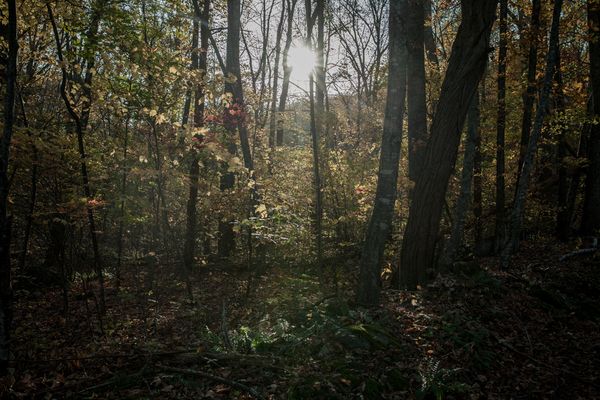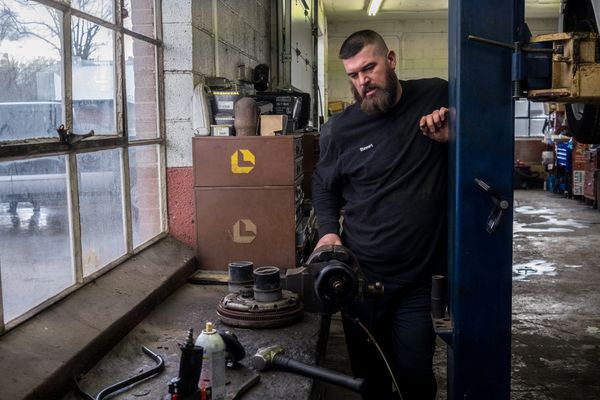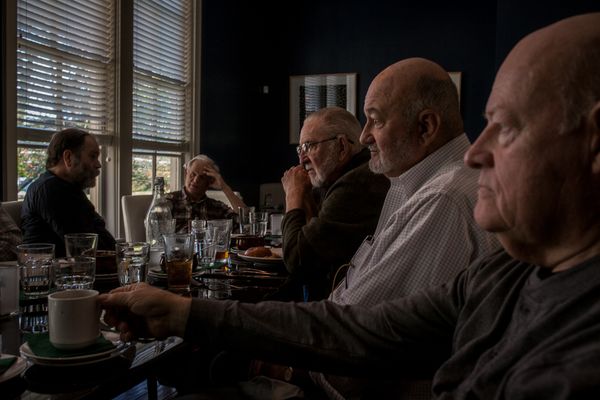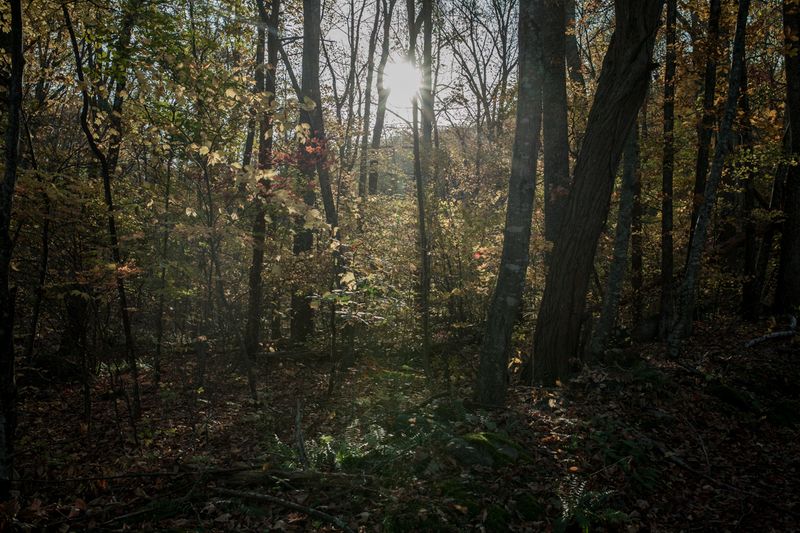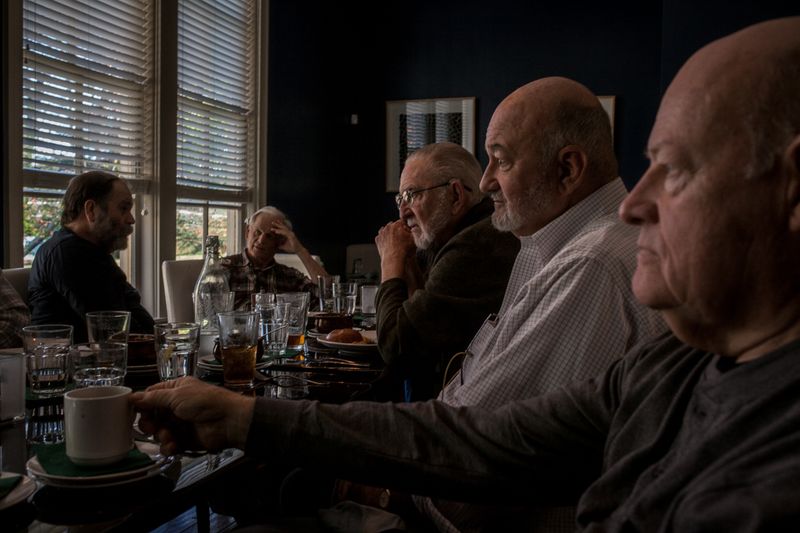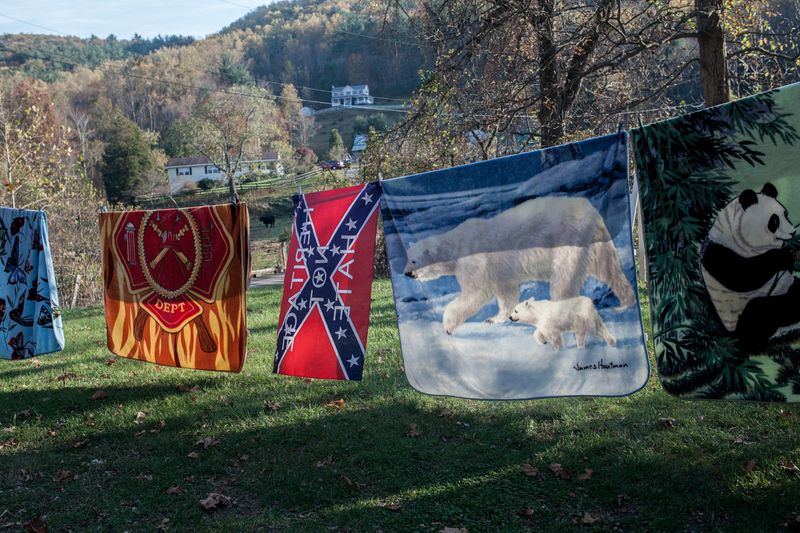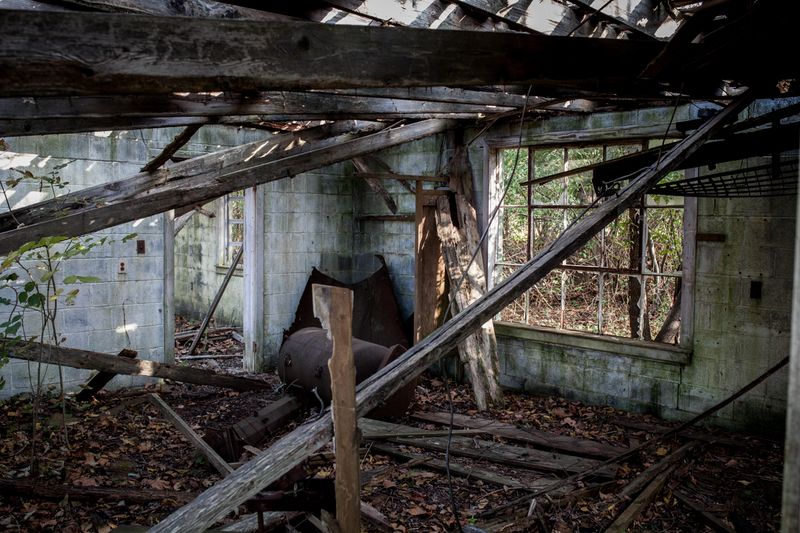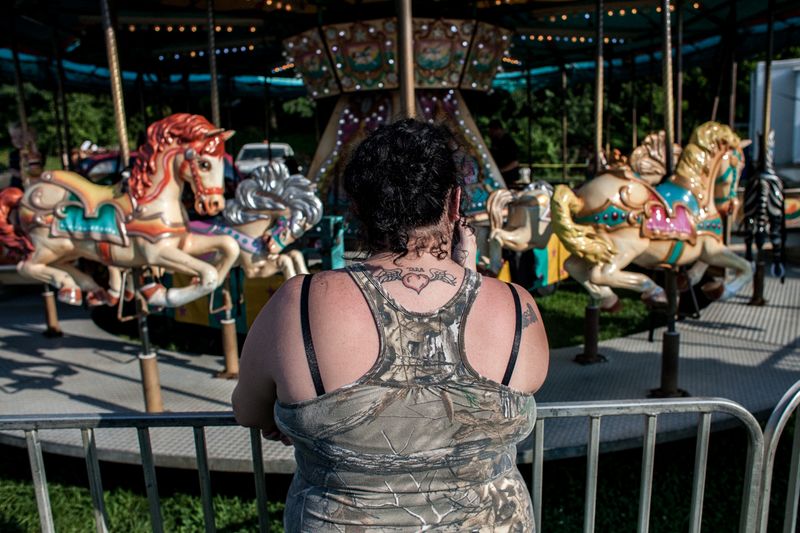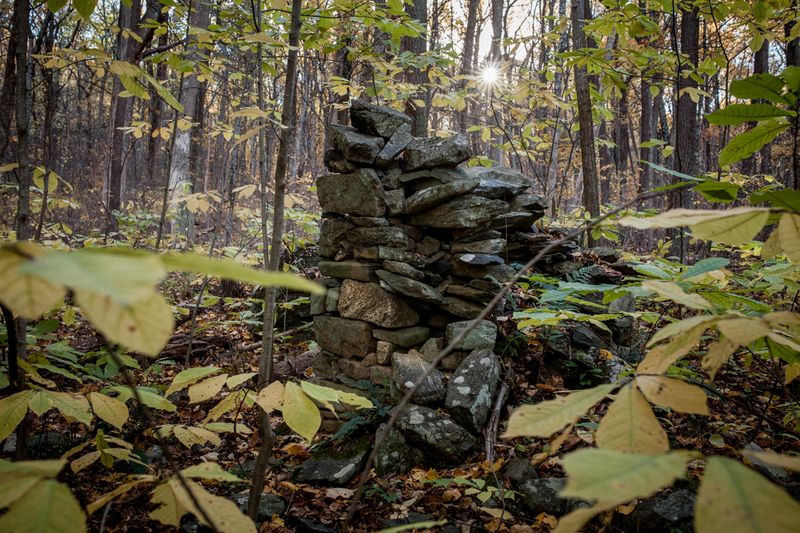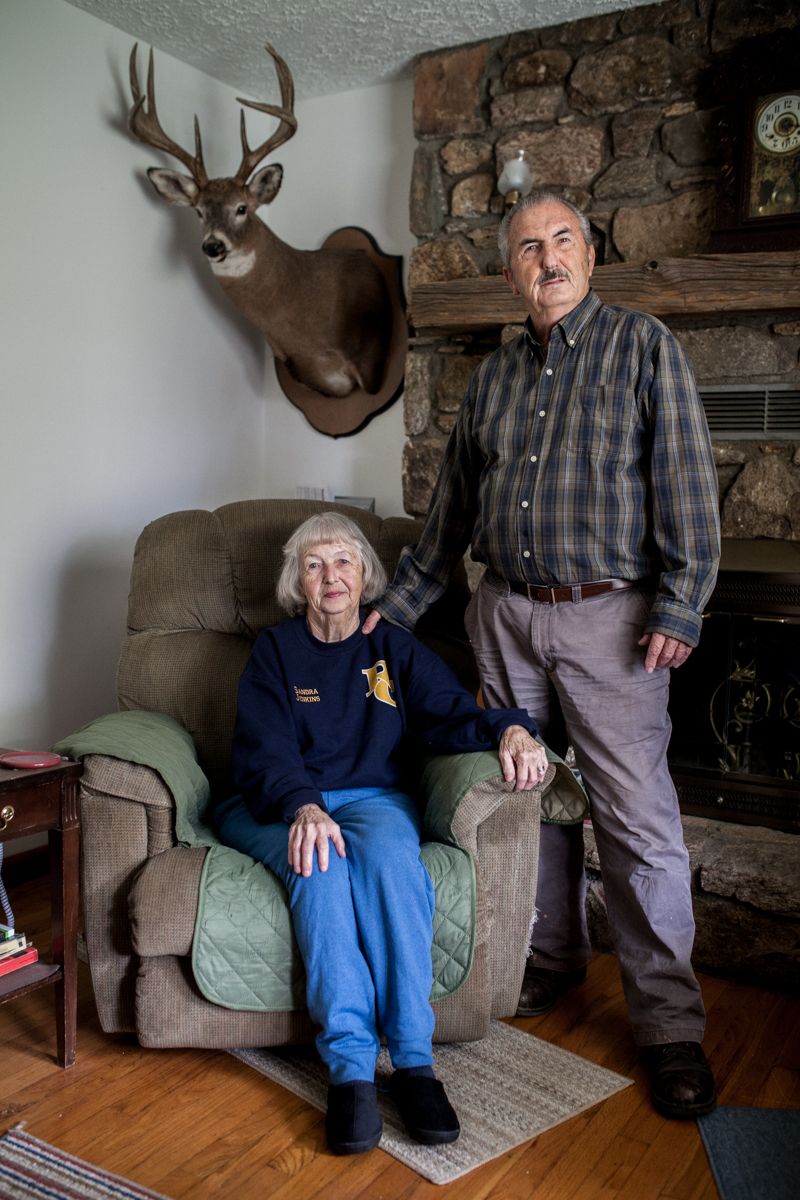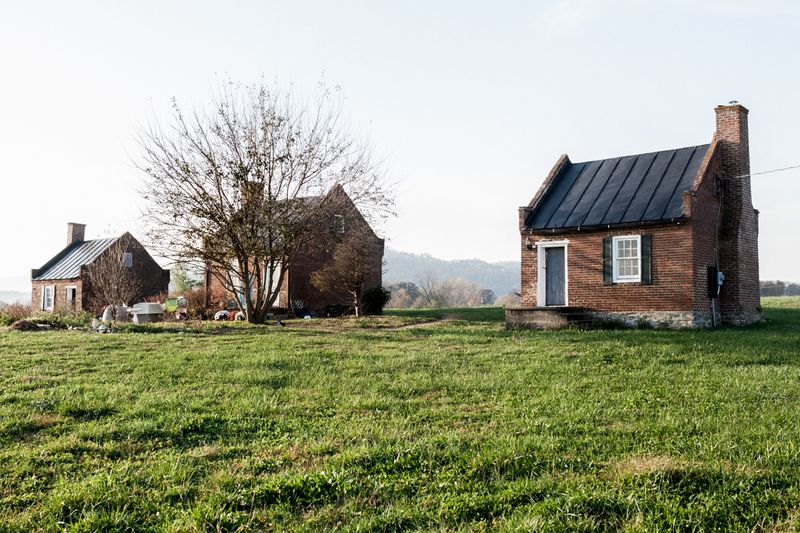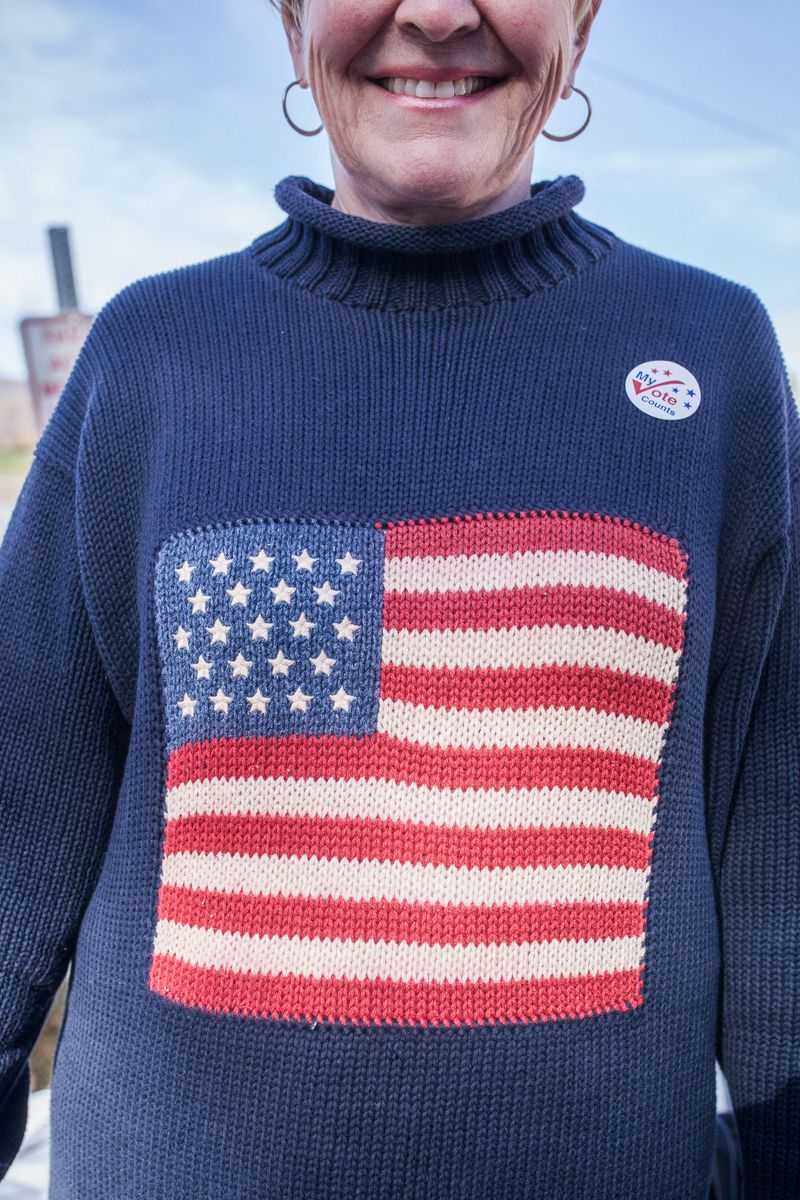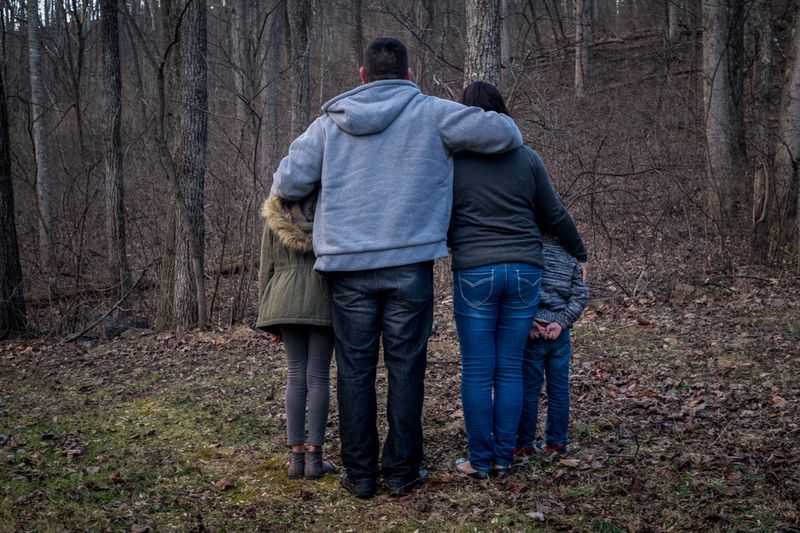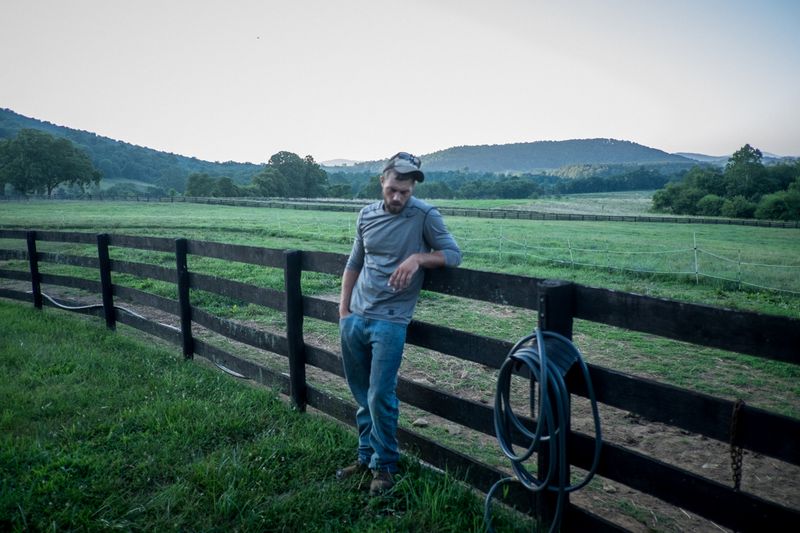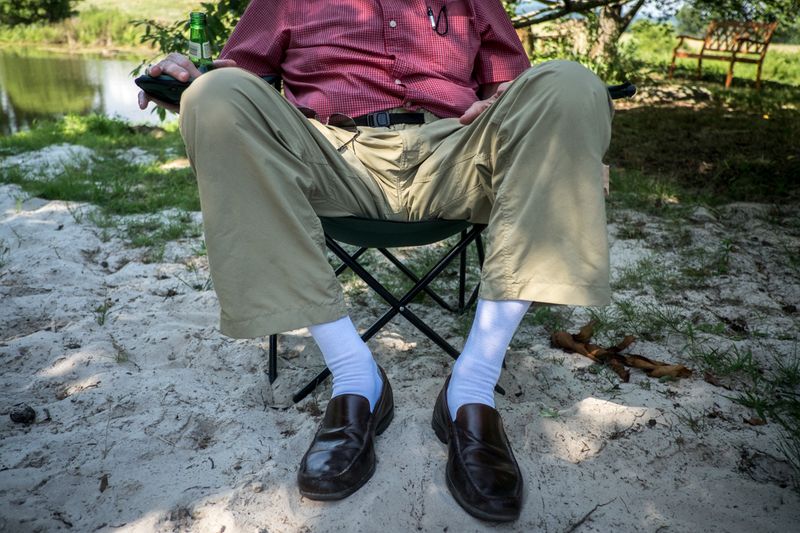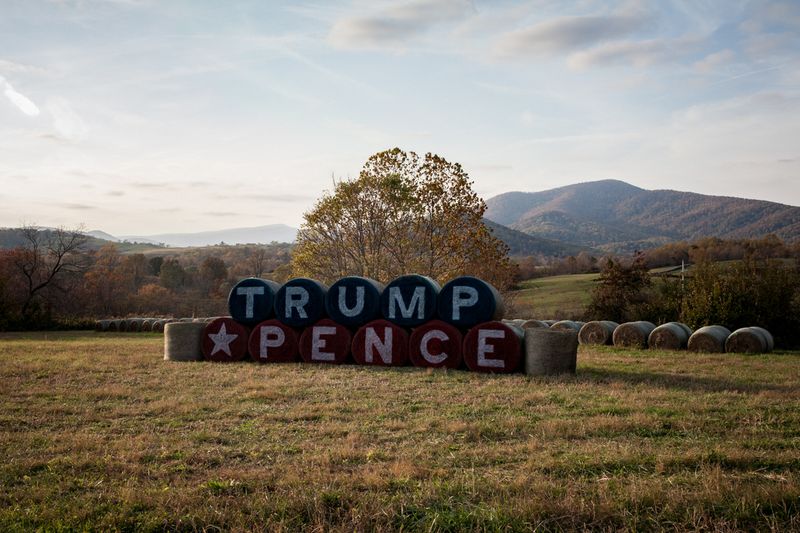Dissonant Identities
-
Dates2014 - Ongoing
-
Author
- Topics Social Issues, Contemporary Issues, Documentary
In the context of Donald J. Trump’s Presidency this project explores the historical, cultural, and economic dynamics that define life in one rural American community. This project questions the role of identity in rural life, and explores the legacies that define those identities.
Nestled into the foothills of the Blue Ridge Mountains is Rappahannock County, Virginia. Just a two hour drive from Washington, DC, this small rural community sits along an imaginary border dividing Donald J. Trump’s rural America from the more densely populated and progressive areas to the east.
In 1749, a teenage George Washington surveyed the county seat, America’s first town to adopt the president’s name as its own. During British colonial rule the county’s land was distributed among landed gentry by Lord Fairfax. African slaves and indentured europeans built the colonial estates and worked on the orchards that still dot the rural landscape today.
Along the mountainous western edge of Rappahannock county hard working Scotch and Irish immigrants settled the rocky hollows of what is today the Shenandoah National Park. For more than two hundred years the humble descendants of these settlers lived in semi-autonomous communities, surviving off the forest and working jobs in the orchards below.
During the Civil War, Rappahannock and the broader Piedmont Region was staunchly Confederate. It was the scene of numerous important battles in the war. While the county’s economy was not built around the large plantations that dominated parts of the South, Rappannock’s orchard industry was dependent on African slave labor. In 1840 nearly 45% of the county’s population was of African descent. Today Rappahannock is more than 90% white.
In 1926 the Shenandoah National Park was authorized by federal authorities. A large swath of Rappahannock’s western edge was appropriated for the park. As a result, hundreds of families were pushed off their land and resettled in the county’s lowlands. Wounds from the park’s creation still run deep for the descendants of displaced families. It is often expressed in mistrust for the Federal Government and the national political establishment.
Today Rappahannock’s rolling hills, beautiful views and proximity to Washington, DC, make it a popular rural tourism destination. Since the 1980’s, wealthier Washington and New York professionals and retirees have been moving into the county. This influx of outsiders has improved county tax revenue and has steadily increased land value. However the county’s median income has not grown with the same speed and many working families once again feel they are being pushed out of their homes. The agricultural economy that used to sustain the region is gradually being replaced by rural tourism and other service industries. Simultaneously progressive social trends popular in more urban areas are challenging the traditional values that used to define the region.
In 1980 my grandparents, Linda Remington Dietel and William Dietel, moved to Flint Hill in Rappahannock County. They fell in love with this rural corner of America. My grandmother started a small sheep farm and my grandfather commuted to Washington, DC, and Dulles International Airport for business. Many of my childhood holidays were spent on the farm. I explored nearby forests on mythical frontier expeditions and in the pastures I fought imaginary Civil War battles. Coming from a liberal household and prejudiced by my “Yankee” upbringing, it always seemed strange that my grandparents lived south of the Mason-Dixon. Subconsciously I’d internalized a stereotypical image of the “backward” rural South. It was defined by the human suffering of slavery and the ignorance of segregation, and my grandparents didn’t seem to fit in this place. For more than 35 years my grandparents have happily called Flint Hill home and, surprisingly, as an adult I’ve come to call it home as well.
